In the past few years, if one has to say which industry grew the most, it certainly is the e-commerce and subscription SaaS. The coronavirus pandemic that hit the world last year helped in growing its popularity. Everyone is now familiar with this industry, but only a few realize its importance. For those who have now decided to become a part of the digital entrepreneur fraternity industry, it is essential to know one of the most important ingredients that help in growing your online business – Recommendation Engine.
What is a Recommendation Engine?
To avoid any confusion later, let us first understand the basics.

Also read : Evolution of a Recommendation Engine.
How does it work?
Like any other system, an AI-based recommendation engine also has a few steps which it follows, these are –
Acquisition
Data acquisition is essential and the first step in recommending products on your website. It is a process of storing, filtering and removing data that are not necessary. It can only be obtained when you allow your website to integrate with the recommendation engine or you give access to your storage. The convenient way is to perform Rest API, CSV Import and then a plugin. Through the Rest API, you can directly communicate with other computers, including the recommendation engine platform. After communicating, the next step is to import all the data and then fetch it to the engine through plug-in.

Analysis
Once the engine has acquired the data, the next step is to analyze it. This is where machine learning comes into play.
Machine Learning: A branch of Artificial Intelligence and often abbreviated as ML is a form of data analysis that helps in automating the algorithms used in recommendation engines and evolves automatically through experience.
Different ways of analyzing the data –
Collaborative Filtering
The approach in collaborative filtering is to analyze user data which includes their likes and dislikes. The foundation of this type of filtering is that if two people have similar interests in the past, they are likely to have similar future interests. There are two types of collaborative filtering –
User-Based Collaborative Filtering
In this method, the recommendation engine uses machine learning and clusters the users’ data after studying it. After this, it gives recommendation on the basis of common grounds.
Item-Based Collaborative Filtering
Item-based filtering focuses entirely on the products. Much like the user-based collaborative filtering, the algorithms is similar.

Content-Based Filtering
This type of filtering is based entirely on user activities and the description of products. This includes the past activities performed on the website, the time they are browsing and user location. Based on these data, recommendation engine creates profile for each user which consist of all the information in clusters. Machine Learning automates this process. It has been proved to be one of the recommendation engine’s biggest assets as it can recommend products in real-time.
Recommendation
Once the analysis is done, what is left is to give the customers what they want at the right time with the right price – Recommendation.
Dashboard
If it is your business, don’t you want to know what is going on after integrating the recommendation engine with your website? Which is why many recommendation engine platforms provide you with the option to view the number of recommendations made by the machine in one day. See the image for reference.

Wrapping Up
We hope this blog has answered all your questions about the recommendation engine. Now to experience how the recommendation engine actually works, Take a 14-Day Free Trial of Alie now.

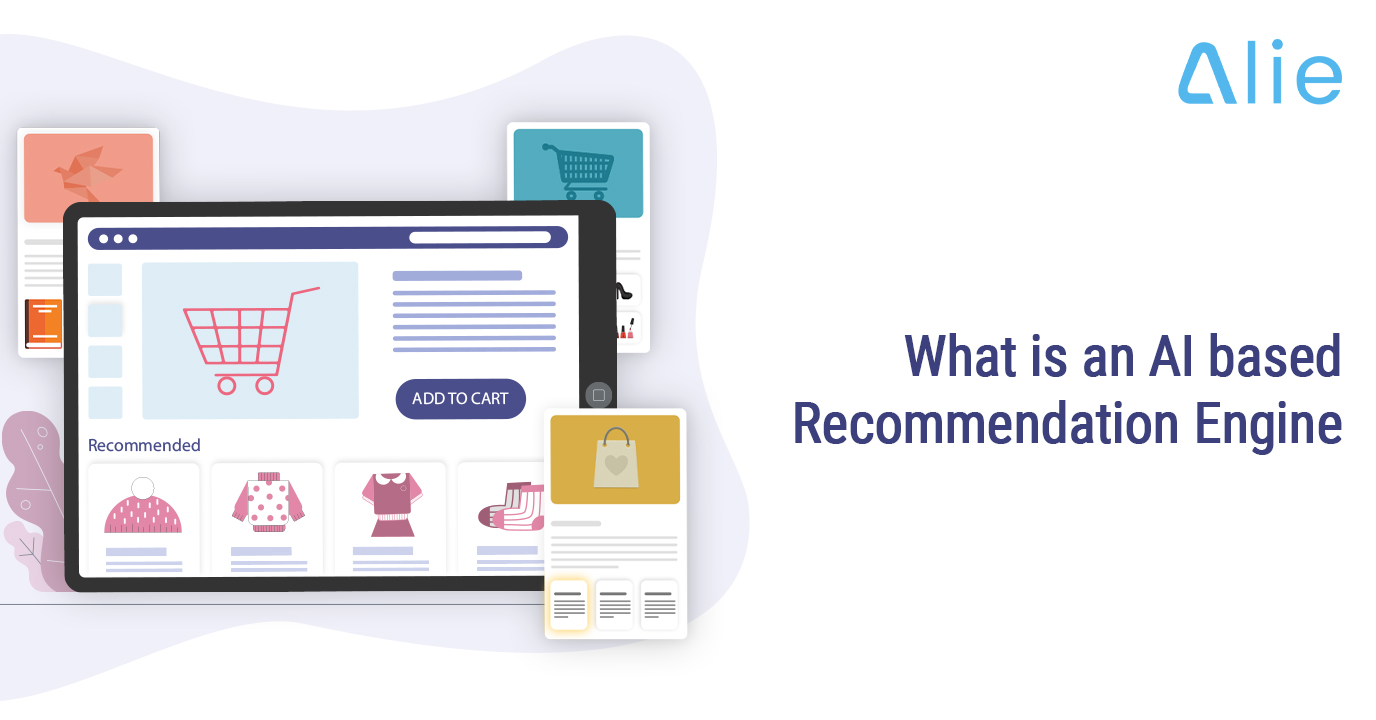







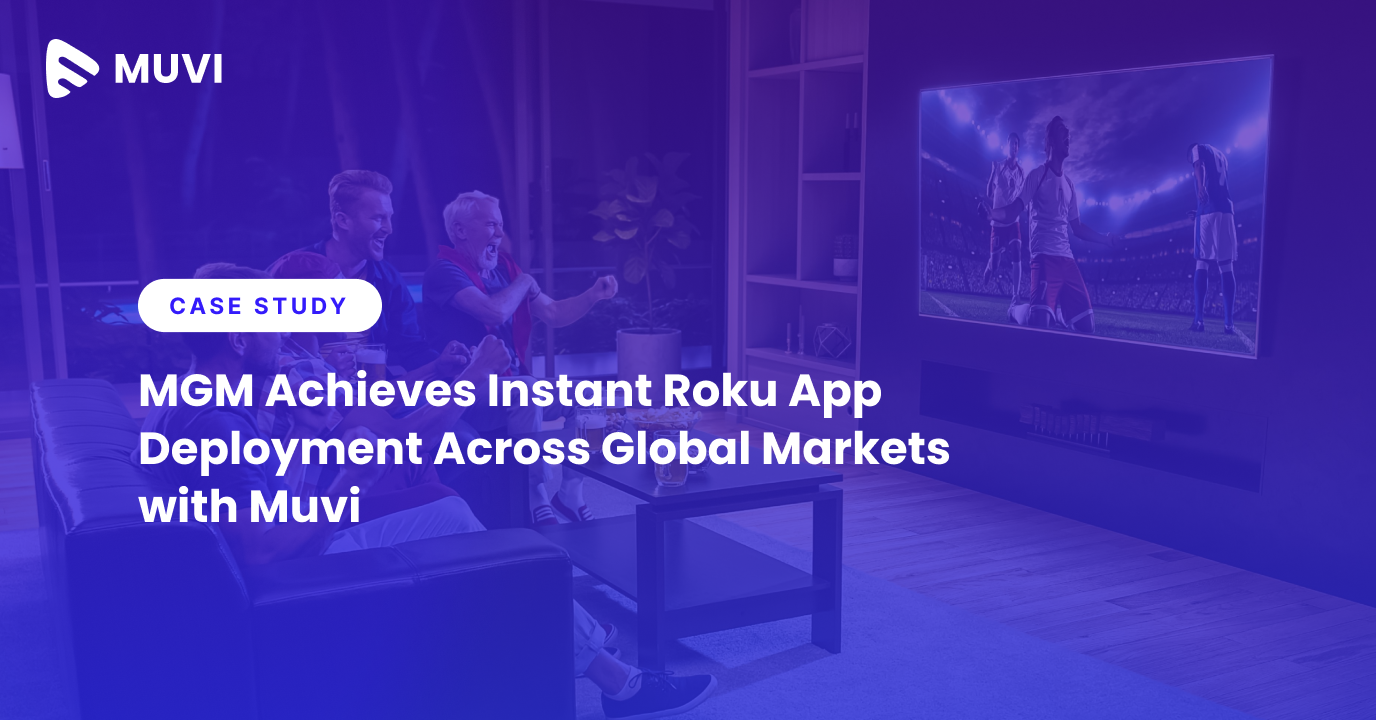
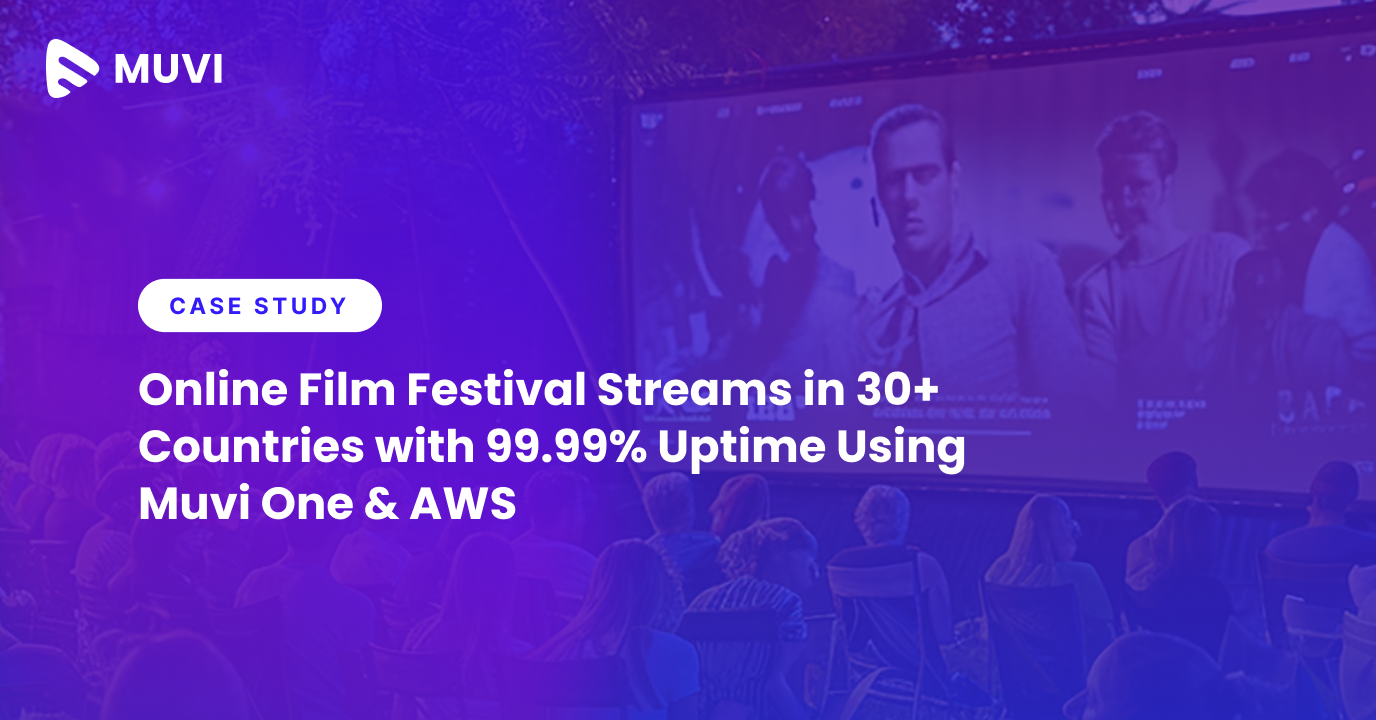
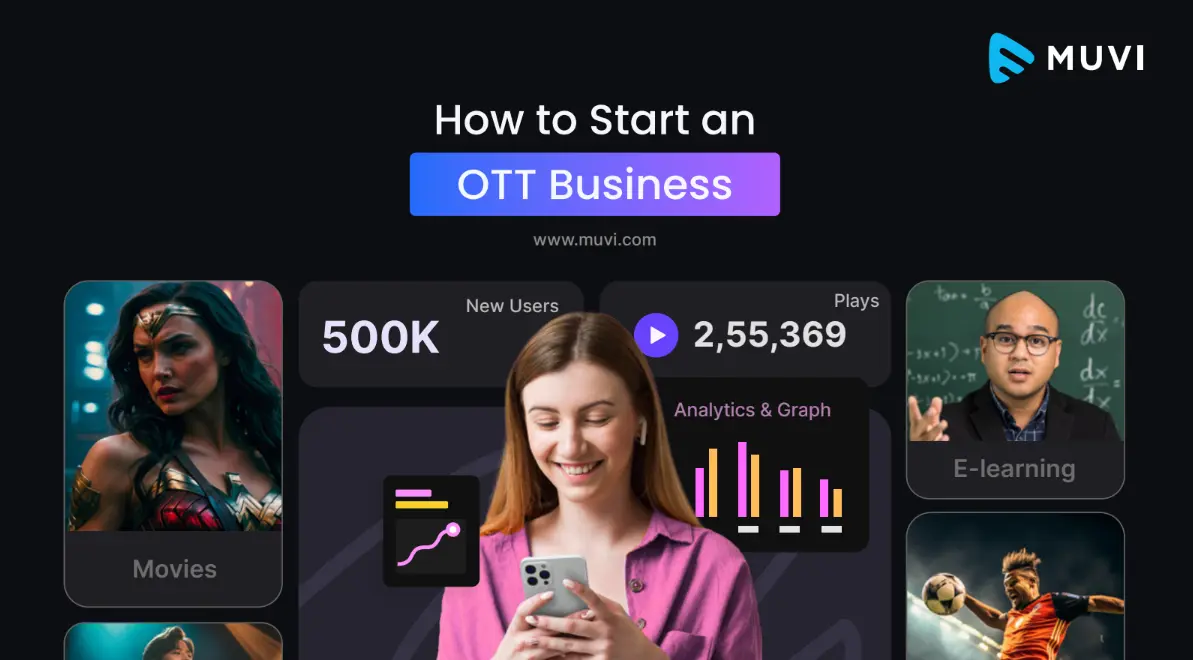
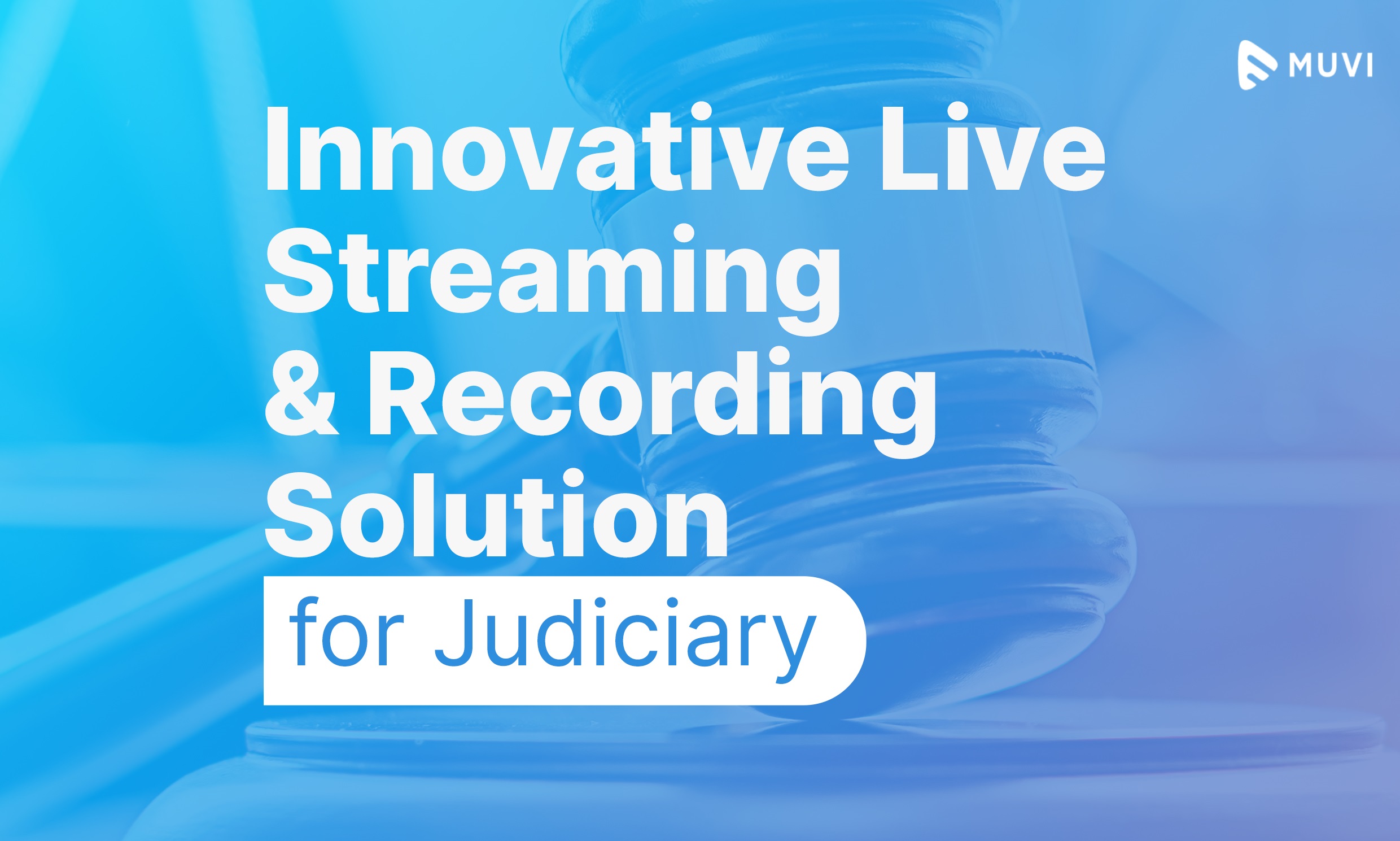


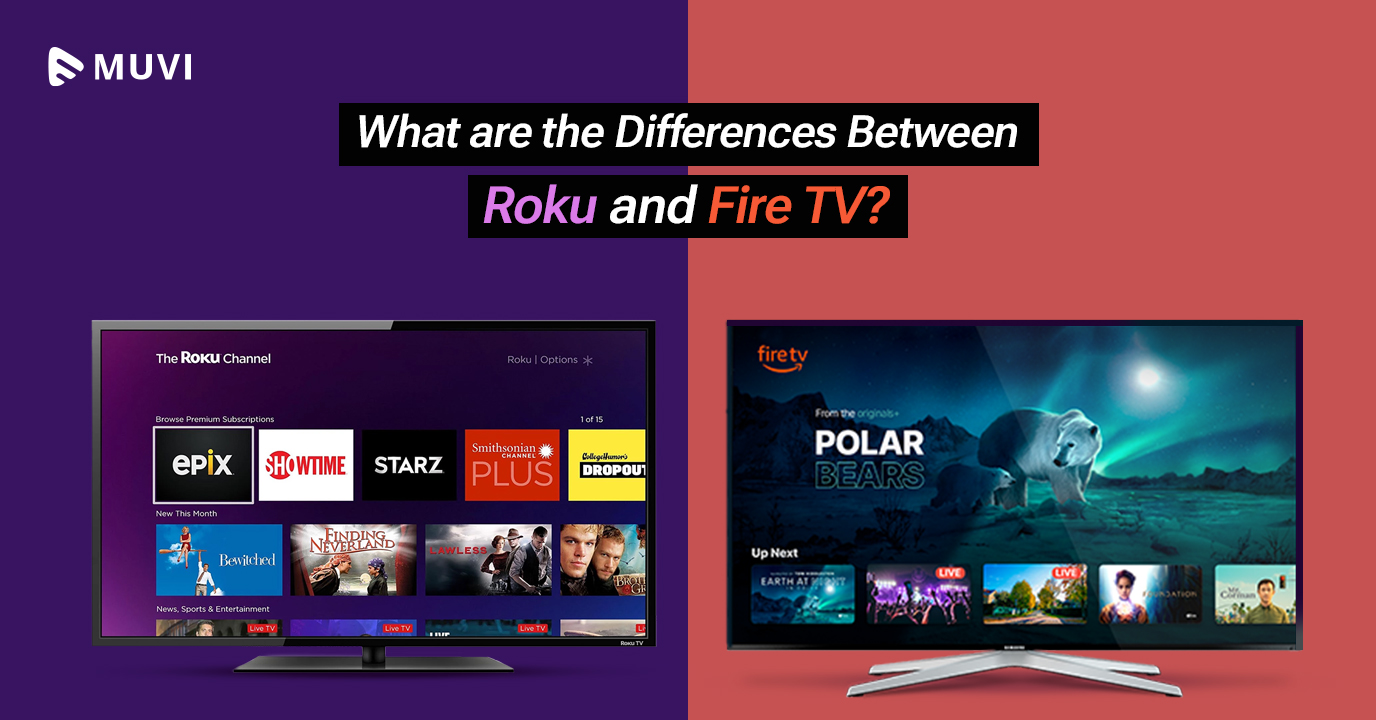
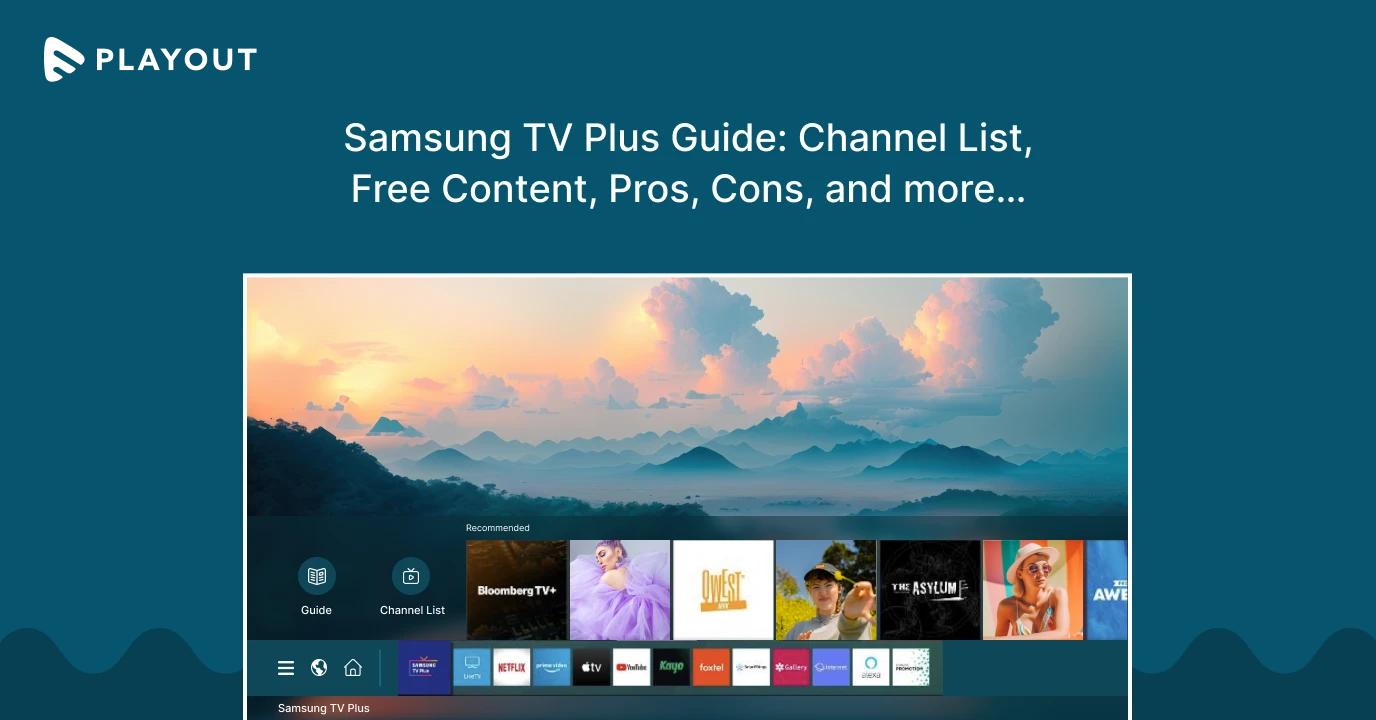
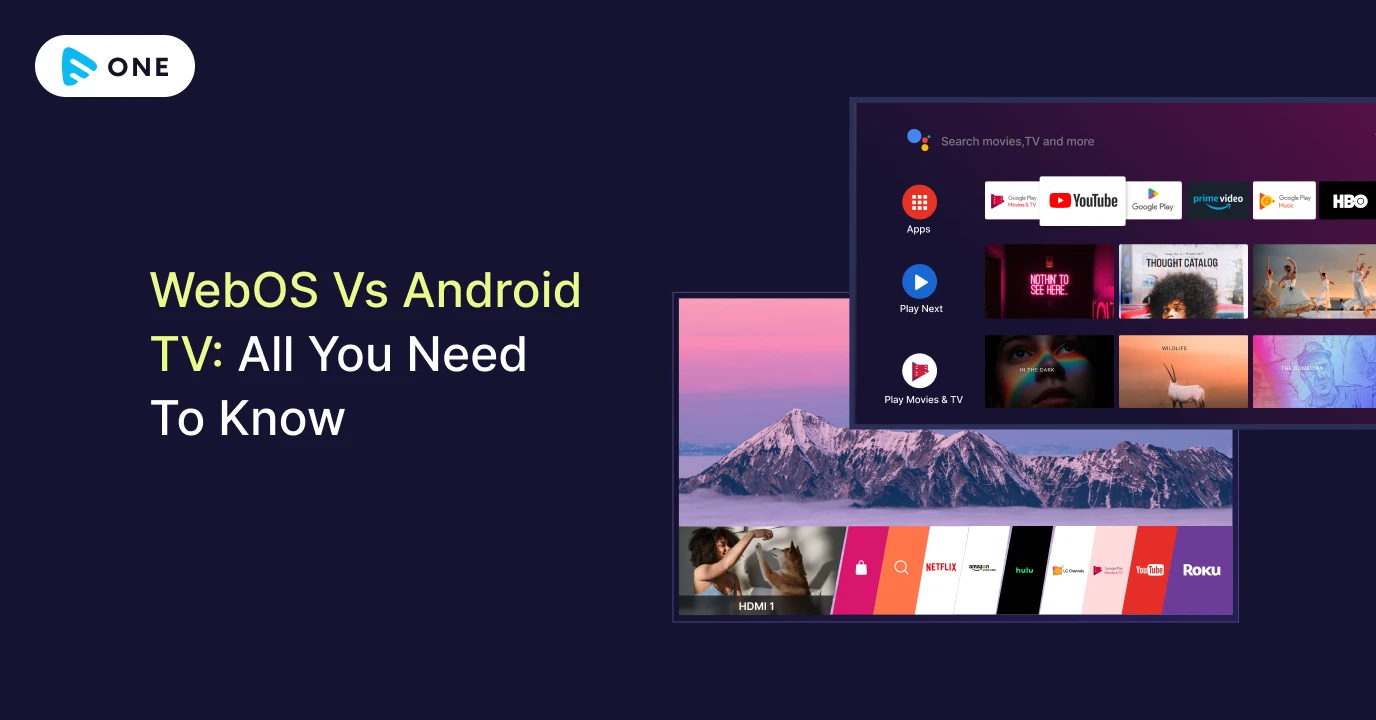



Add your comment